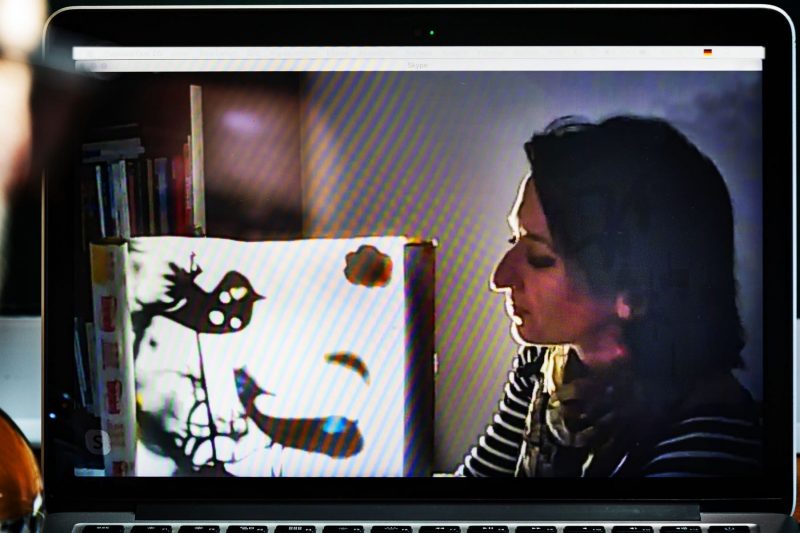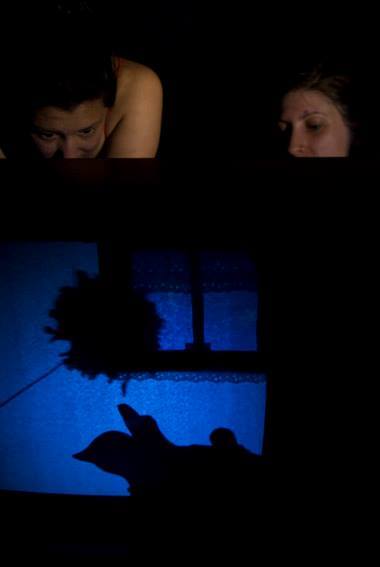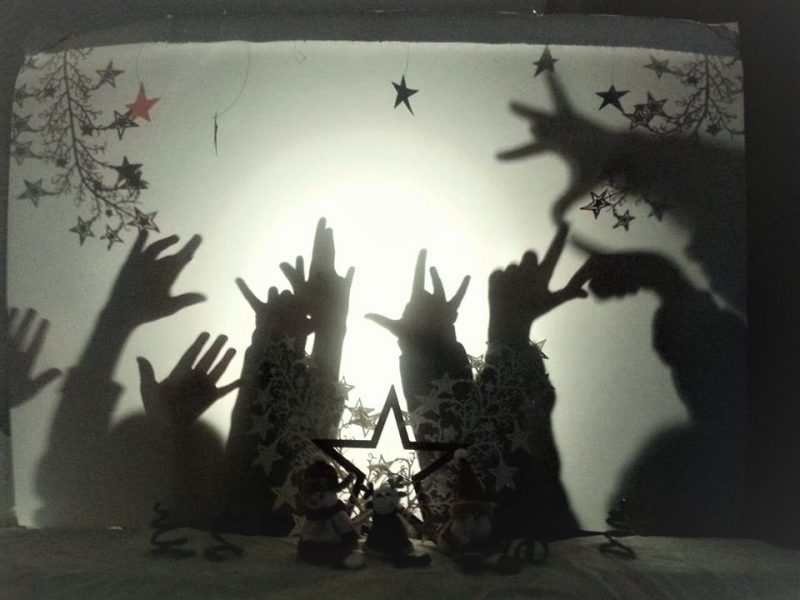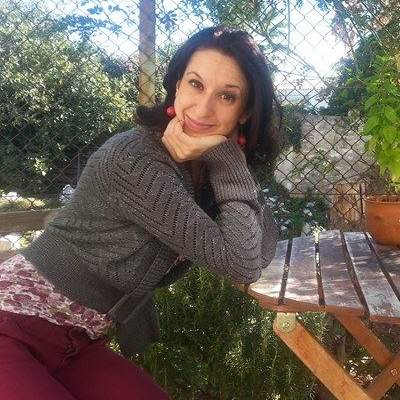Shadow puppet theatre is a unique art form where theatre, visual art, literature, photography and film-like effects are integrated. It is dynamic and engaging in the way it blends traditional puppet theatre forms with new technologies. Although shadow puppets and screens might look simple at the first glance, the projected shadows and their elegant motions gives the process charm and beauty, so that the audience and child actors are mesmerised even after the performance.
Applying shadow theatre to PELT
Shadow theatre develops children’s speaking sub skills in English by providing them with a genuinely creative context for language use. They work together towards a collaborative outcome – a performance requiring both active participation and teamwork. By using puppets, children can express feelings, process fears, make decisions and learn about the world. Shadow puppet theatre can be used in primary ELT in many ways, such as:
- Post reading / listening activities after a picturebook read-aloud. Children draw and cut out the characters from the story and role-play their favourite scenes.
- Mini projects to introduce and practice the shadow theatre form.
- Longer projects over a series of lessons for creating, practicing and performing a class play.
It can also be extended to include a variety of other curricular areas, for example:
- Arts and crafts: the screens for different scenes and the puppets can be created during art lessons.
- History: puppets and short plays can be used to introduce historical events in the syllabus. Children can also learn about the origins of shadow puppet theatre and what it looked like around the world.
- Drama: voice projection could be developed during mini drama workshops.
When using shadow puppet theatre, the teacher becomes a facilitator of the language learning process and children take ownership of their English projects. In this way, they can also develop key soft skills such as self-confidence, organisation and decision-making.

Making a shadow theatre
The simplest shadow theatre can be made using an everyday cardboard box and an A3 sheet of paper. Preparation includes the following:
Light source
A single point light source is crucial for projected shadow theatre. Any type of clear bulb can work. Simple, small projections can easily be operated by primary children with these types of lights. The bare light cast from overhead projectors also works well. They create a larger playing space and they enable children to experiment with a variety of slides.
Puppets
These materials form a toolkit for making puppets:
- cardboard for characters, sets, masks, scenes
- heavy monofilament (fishing lines) for moving joints
- sticks or wire to support puppets and for hand / arm / head manipulation
- child-safe scissors for cutting shapes and details
After the children decide on their character, they can draw an outline of it on the cardboard. Side profiles of characters are the best option and ink-painted transparencies add colour to the details. If children want to create a character with a moving body part, they will need to draw these body parts separately and attach sticks or wires to manipulate the body and its moving parts.
Performance screen
The best material to use for screens is a roll of vellum paper or butcher’s paper of any size. The distance between the light source and the screen is the crucial point. The children will need some time to experiment to find the best size of the screen and the best distance.
Time management
Depending on the number of English lessons available, a performance can be created in a couple of hours or over a longer period (i.e. during a series of lessons).
Space
Screens can be set on a desk, on the classroom floor, behind a curtain or even on the classroom walls to cast shadows.
Aesthetics
Any kind of figure including the cheapest, scrappiest ones, even if they are ripped or torn can look impressive from the other side of the screen as children can only see its shadow.

A series of shadow theatre lessons
Staging the creation of a shadow theatre play for primary English learners can be organised over several lessons as follows:
- Choose the story: decide on the story and the characters with the children, ensuring they have plenty of choice and voice during the decision making.
- Create the dialogue: the teacher should support the dialogue creation according to the children’s English levels.
- Make the puppets: the children draw, cut out and decorate the figures with support from the teacher.
- Design the set: the children choose the set and decorate it creatively with help from the teacher.
- Practise the dialogue: the children practise acting out the dialogues with clear sentence stress and intonation and the teacher gives feedback on their rehearsals.
- Practise the movements: the children practise movements behind the screen.
- Practise the full performance: the children practise acting out and moving the puppets simultaneously.
- Perform for an audience: the children perform for an audience such as another class from their school.
Learning outcomes for children
The following learning outcomes highlight the benefits of integrating shadow puppet theatre in primary English lessons:
- Children actively participate in planning, developing, designing and performing a short play using lexis and grammar throughout this process.
- Children gain knowledge about forms of the theatre, traditional shadow theatre, drama techniques, film making and acting.
- Children develop communication, organisational, teamworking and problem-solving skills.
- Children develop their imaginations and creative expression.
- Children gain new ideas about how to make puppets, screens and short plays more autonomously.
- Children develop empathy, aesthetics and experience a variety of creative expressions.
- Children have an opportunity to showcase their creativity.

In summary
While creating and performing a shadow puppet play in primary English lessons, teachers and children develop rapport as they can work together at a deeper level. Creative processes also help to develop children’s aesthetic feelings, empathy and emotional intelligence. Ultimately, shadow theatre in ELT supports and cherishes the very real human need for children to connect and communicate with one another.

